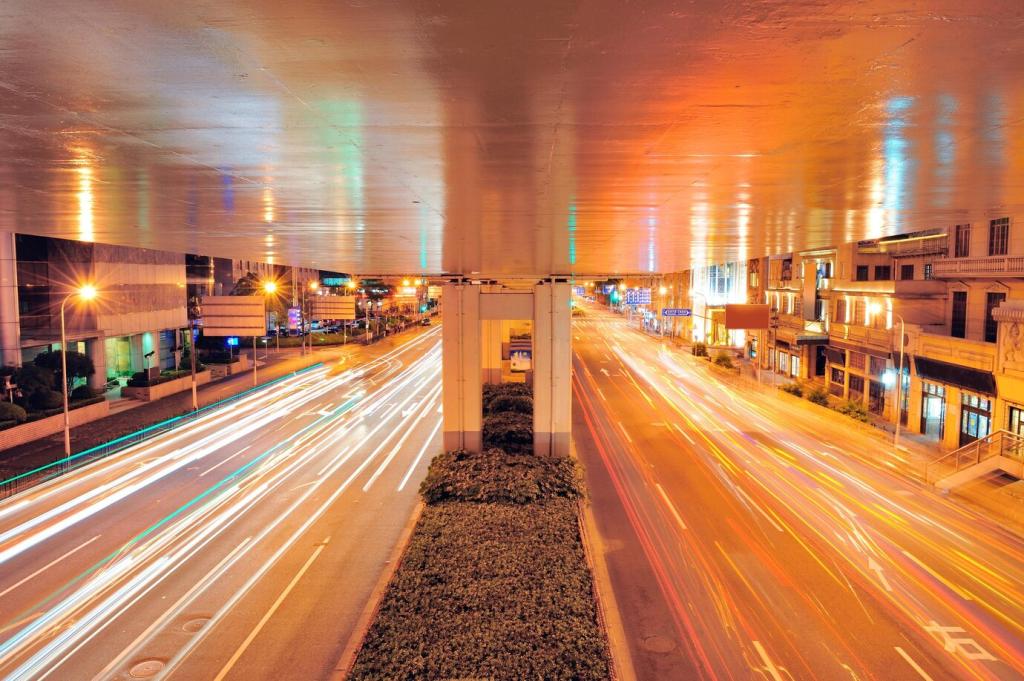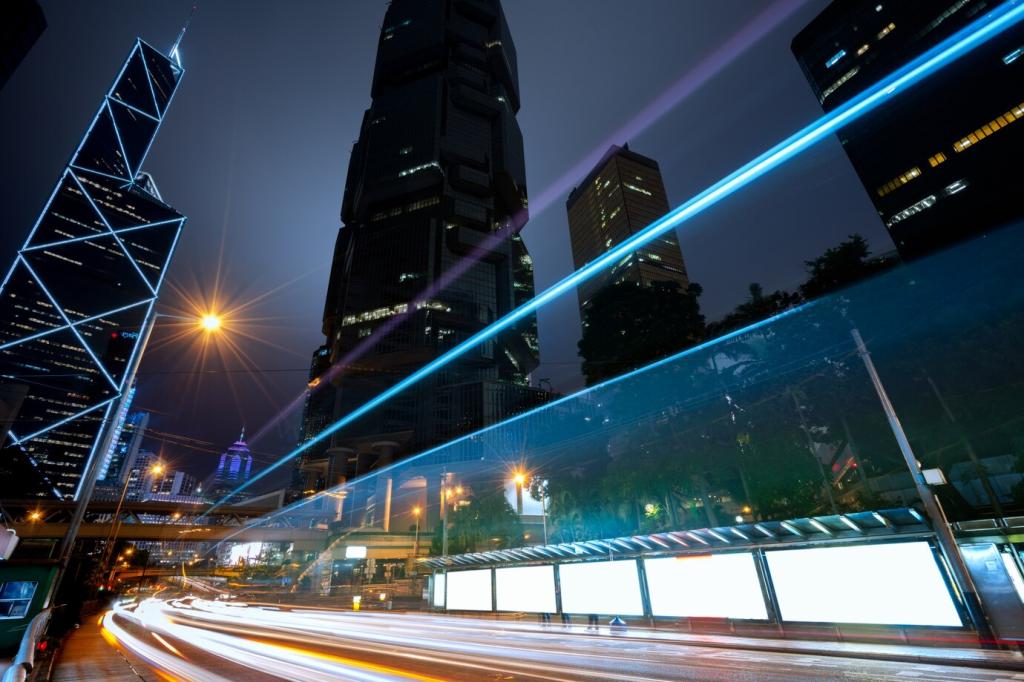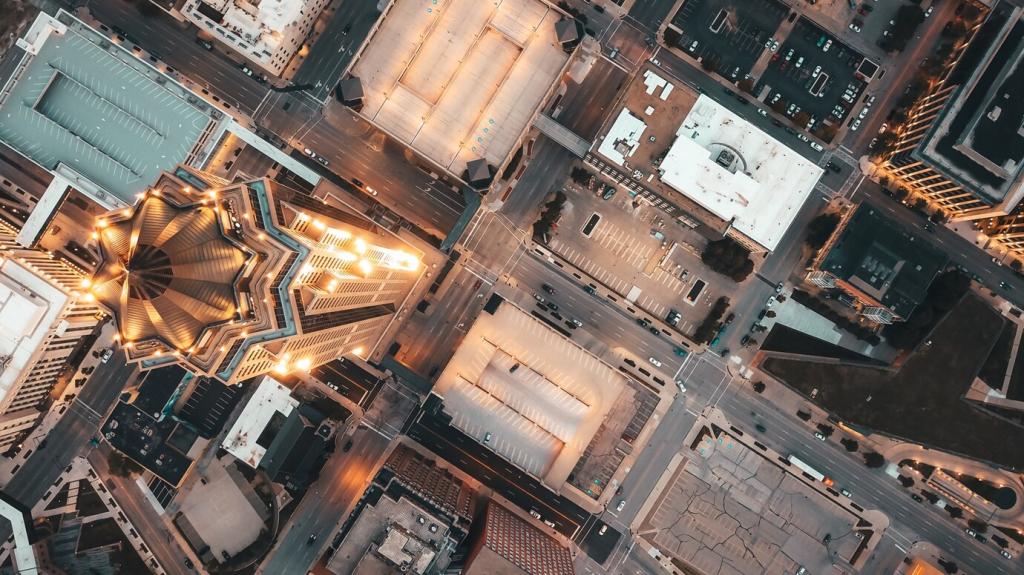Sustainable urban landscape design is an innovative approach that integrates environmental responsibility, resource efficiency, and community well-being within city environments. By reimagining outdoor spaces, urban planners and designers strive to create vibrant, resilient landscapes that contribute to ecological balance and enhance quality of life. Sustainable urban landscapes emphasize the preservation and restoration of natural systems, optimize the use of native plants, implement water-wise techniques, reduce pollution, and support biodiversity. The ultimate goal is to harmonize the built environment with nature, fostering inclusive spaces that are both enduring and beneficial for people and the planet.
Previous slide
Next slide
Incorporation of Native Vegetation
Native plants offer significant advantages in sustainable landscaping. Their natural compatibility with local environments means they require less irrigation, fertilizer, and pest control, reducing environmental impact. Because native species have evolved alongside indigenous fauna, they also provide critical food and shelter for pollinators and other urban wildlife, fostering richer biodiversity within city landscapes.
Previous
Next

Previous slide
Next slide

Creating Urban Habitats
Urban landscapes can be tailored to provide essential habitats for birds, insects, and small mammals. By including a rich variety of plant species, layered vegetation, and natural features like ponds or logs, designers cultivate thriving ecosystems within the city. These habitats serve as stepping stones for wildlife, supporting migration and genetic exchange across fragmented urban areas.

Supporting Pollinators and Wildlife
Pollinators, such as bees and butterflies, play a crucial role in the reproduction of many plants and the production of food crops even in urban settings. Incorporating flowering plants that bloom throughout the year, avoiding pesticides, and providing nesting sites encourages pollinator populations. Supporting wildlife through thoughtful plant choices and habitat features enhances urban biodiversity and the ecological health of city environments.

Addressing Connectivity and Corridors
Urban development can fragment natural habitats, isolating wildlife populations. Sustainable landscape design mitigates this effect by creating green corridors—continuous stretches of vegetation that link parks, gardens, and natural reserves. These corridors facilitate the movement of species, increase genetic diversity, and make cities more adaptive to environmental changes brought by urbanization and climate shifts.
Energy Efficiency and Climate Adaptation
Green Roofs and Vertical Gardens
Green roofs and living walls are innovative landscape features that conserve energy and provide ecosystem services in dense city environments. These installations insulate buildings, reducing heating and cooling needs, improve air quality, and manage stormwater. Beyond their functional benefits, green roofs and vertical gardens add visual interest and expand green space in areas where the ground footprint is limited.
Shading and Urban Cooling
Thoughtful placement of trees, shrubs, and groundcover can significantly lower ambient temperatures in city areas prone to heat island effects. Strategically shaded buildings and walkways reduce the need for artificial cooling, contributing to lower greenhouse gas emissions. These natural cooling methods create more comfortable outdoor environments, encouraging community engagement and active lifestyles.
Resilience Against Extreme Weather
Urban landscapes designed for resilience incorporate features that withstand and buffer against extreme weather events such as floods, droughts, and storms. Bioswales, rain gardens, and adaptive plant selections help absorb and manage excess water, while resilient species survive fluctuating conditions. These adaptive strategies ensure urban landscapes continue to thrive even in the face of a changing climate.
Community Engagement and Social Value
Inclusive Design Processes
Genuine community engagement involves inviting local residents and stakeholders to participate in the planning and design of urban landscapes. This collaborative approach ensures that spaces meet the unique needs and aspirations of their users, from playgrounds for children to contemplative areas for seniors. Inclusive design also encourages stewardship, resulting in landscapes that are valued, respected, and well-cared for over time.
Green Spaces for Health and Well-being
Access to green spaces is proven to boost mental and physical health, reduce stress, and foster a sense of belonging. Sustainable urban landscapes provide opportunities for recreation, relaxation, and social interaction in otherwise dense, built-up areas. Well-maintained parks, gardens, and trails offer an essential refuge for city dwellers, promoting healthier, happier urban communities.
Cultural and Educational Opportunities
Urban landscapes can be powerful platforms for cultural expression and environmental education. Incorporating art, heritage elements, and interpretive signage helps connect people to the history and values of their community while raising awareness about sustainability practices. Educational gardens, citizen science programs, and interactive installations inspire lifelong learning and stewardship among all age groups.
Sustainable Materials and Construction Practices
Selecting materials with low environmental impacts, such as recycled paving, sustainably harvested wood, and locally sourced stone, reduces the carbon footprint of landscape projects. Environmentally conscious choices extend to soils, mulches, and fertilizers, which should be free of harmful chemicals and derived from renewable sources. The focus on eco-friendly materials supports circular economies and contributes to healthier urban environments.

Join our mailing list
